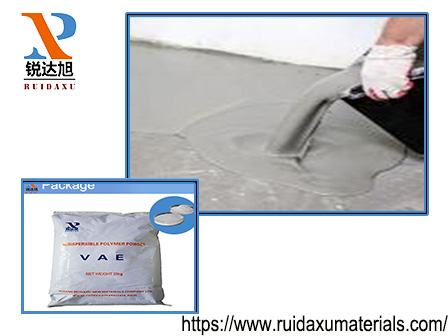How to solve the cracking problem of mortar and improve the quality of mortar
Mortar cracking is generally divided into plastic cracking and dry shrinkage cracking. Plastic cracking refers to the cracking of mortar during the hardening process, which generally occurs in the early hardening of mortar, and the cracks are generally thick and short, often related to the material property of mortar and environmental temperature, humidity and demeanor. Mortar is prone to plastic cracking due to large amount of cement, small sand fineness modulus, high mud content and large water consumption. Soon after mortar plastering, shrinkage stress is generated quickly due to the reduction of moisture in the plastic state. When the shrinkage stress is greater than the adhesive strength of mortar itself, cracks occur on the surface.
Dry shrinkage cracking refers to the cracking of the mortar after hardening, which generally occurs in the late hardening of the mortar, and the crack is fine and long. Reason: dry shrinkage cracking is the crack caused by the loss of water and volume shrinkage after the hardening of mortar, which is generally developed after a year or even 2 to 3 years.
1.Base problem
2.Water retention problem
3.Mortar cementing material problem
4.Aggregate grading problem
In addition: the newly poured mortar, when it has not reached full strength, such as low humidity, dry encounter, so that the excess water in the mortar premature evaporation, will produce a large dry shrinkage deformation, dry shrinkage cracks, thus affecting the integrity and durability of the mortar. However, when the mortar has sufficient strength, it will not crack when it encounters drying. Therefore, efforts should be made to reduce the shrinkage of mortar as much as possible. In the hardening process of mortar, due to the volume of the cement hydration product is smaller than the volume of the original substance, coupled with free water evaporation and water loss shrinkage of the gel, its volume should shrink (shrinkage coefficient is 0.00015), but when the mortar is hardened in water, due to the presence of water, its volume is unchanged, and even slightly expanded. However, the expansion value is much smaller than the shrinkage value, and generally has no bad effect, and the shrinkage often causes cracks in the mortar, so pay attention to it during construction.
If the construction has just begun, the mortar does not crack on the initial setting, first, the reason is that the cement addition is large, also called the gray number is large, second, the mortar contains high soil, the third, the mortar water retention is not good, the mortar water loss is fast, resulting in cracking; Generally, short and thick transverse cracking is caused by too thick and sagging of the mortar, or the bulk weight of the mortar is particularly high, which is easy to lead to transverse cracking. Generally, after three months to a year of construction, chicken foot cracking occurs, which is caused by thin mortar, or by too much powder in the ratio, and may be caused by the wall is not too absorbent
If a year later, long fine lines cracking, is generally added to the mortar too much cement, the strength is too high caused by plastering workers know that the mortar gray number can not be too high, a high, there will be cracking. Mortar cracking causes are more complex, some mortar cracking, but also to the site according to the specific situation, sometimes mortar cracking is a collection of many factors, to comprehensively analyze the problem, so mortar technicians should accumulate more experience, can quickly find out the main causes of mortar cracking, timely correction, to avoid quality accidents in the mortar construction process.


